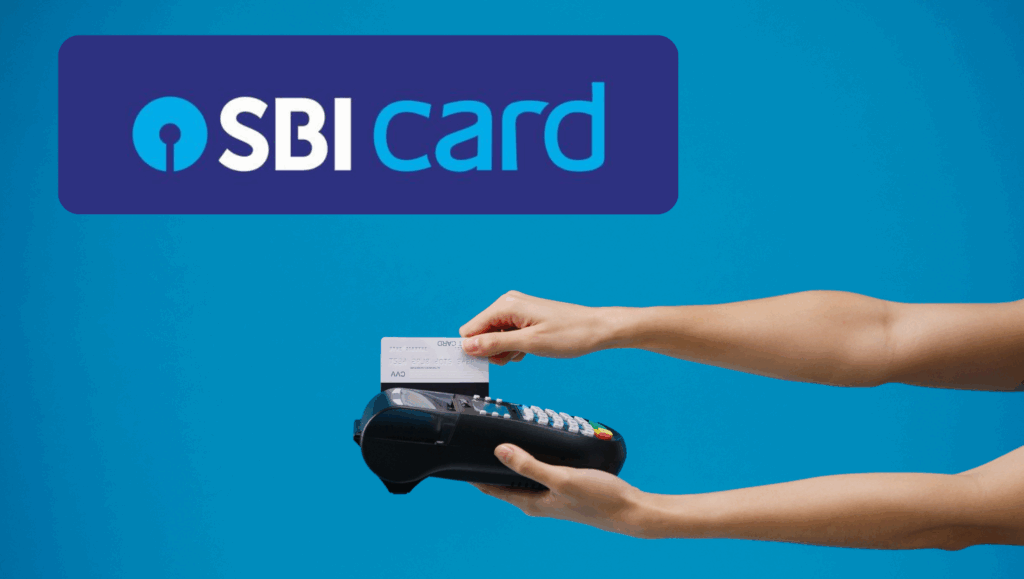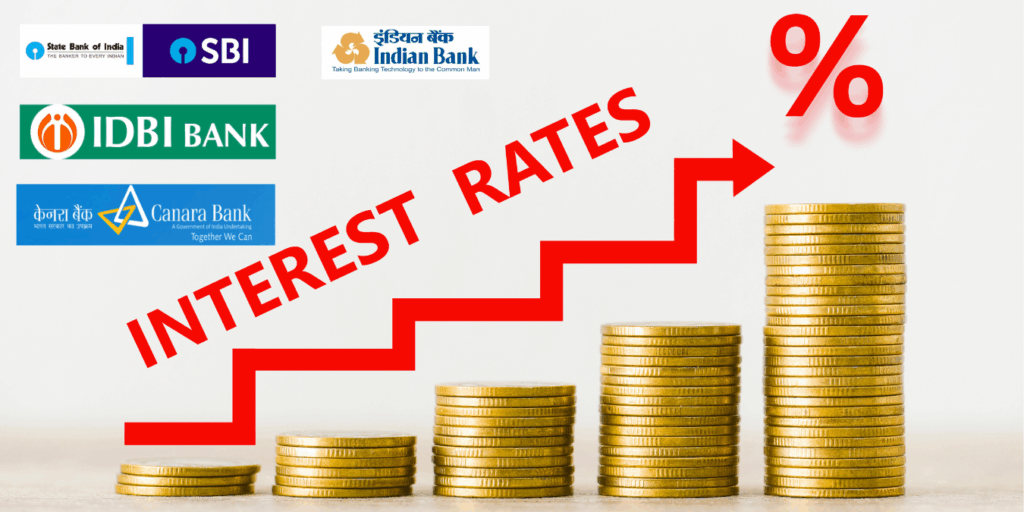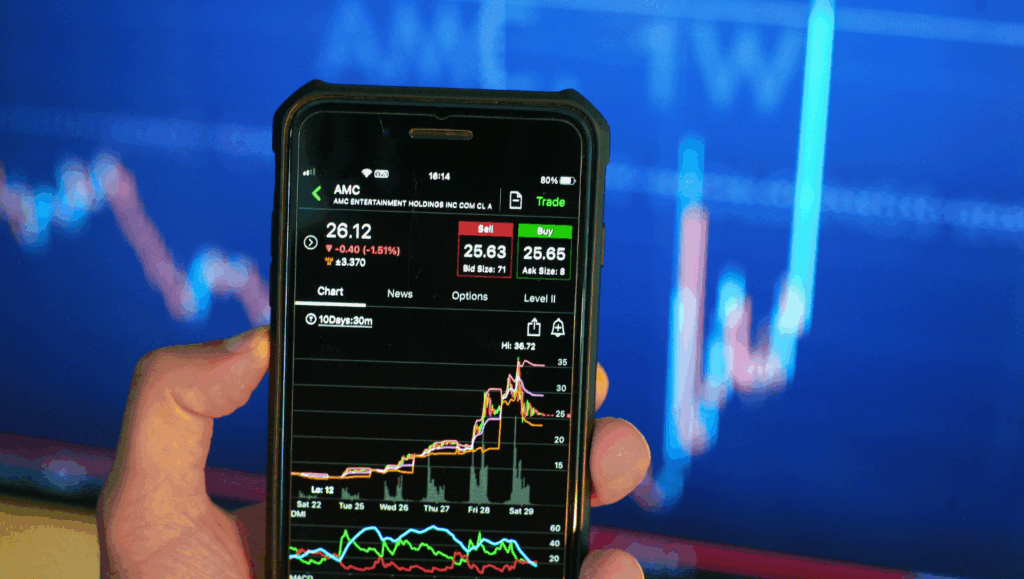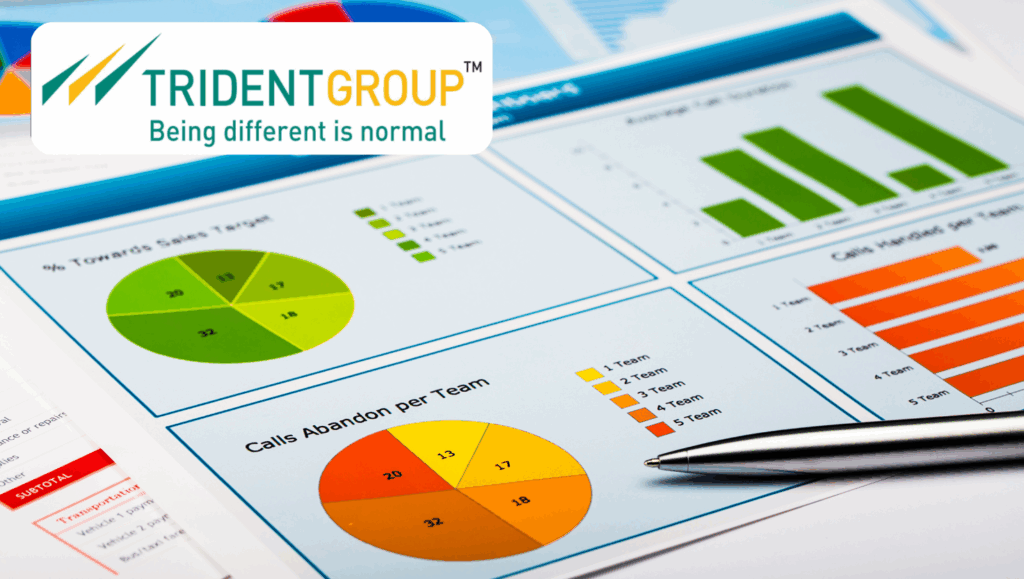
“Vodafone Idea gets ₹36,950 crore govt lifeline—debt converted to equity. Will this save Vi? Key risks, investor hope, and future outlook explained. Can it compete with Jio & Airtel? Latest updates on Vi’s survival, 5G plans, and stock impact. Read now!”
The Indian telecom sector has been abuzz with yet another lifeline extended to Vodafone Idea (VI), one of the country’s struggling telecom giants. On March 29, 2025, the Ministry of Communications issued an order directing VI to convert ₹36,950 crore of its spectrum auction dues into equity, a move that will see the Government of India’s stake in the company rise to an impressive 48.99%. This development, announced on March 30, 2025, marks a significant step in VI’s financial restructuring journey. But does this signal hope for investors, or is it a risky bet fraught with challenges? In this blog, we’ll dive deep into the latest data, analyze the implications, and explore whether investors should be optimistic or cautious about Vodafone Idea’s future.
The Lifeline: What’s Happening with Vodafone Idea?
Vodafone Idea, a joint venture between the UK-based Vodafone Group and India’s Aditya Birla Group, has been grappling with a colossal debt burden for years. As of December 31, 2024, the company’s total debt stood at ₹2,98,077 crore, including ₹1.38 trillion in deferred spectrum payments and ₹69,020 crore in Adjusted Gross Revenue (AGR) dues owed to the government. This latest move by the government to convert ₹36,950 crore of spectrum dues into equity is part of the Telecom Reforms Package introduced in September 2021, aimed at supporting financially stressed telecom operators.
Under this arrangement, VI will issue 3,695 crore equity shares at ₹10 each—a 47% premium over its closing share price of ₹6.81 on March 28, 2025. The conversion will more than double the government’s stake from 22.6% to 48.99%, making it the single largest shareholder. However, VI has clarified that its promoters will retain operational control, ensuring that the Aditya Birla Group and Vodafone Group continue to steer the company’s strategy.
This isn’t the first time the government has stepped in. In February 2023, it converted ₹16,133 crore of interest dues into equity, securing a 33% stake. The latest intervention comes ahead of the September 2025 deadline, when VI’s four-year moratorium on AGR and spectrum dues expires, potentially triggering annual payments of ₹43,000 crore from FY27 to FY31. By easing this burden, the government aims to stabilize VI and maintain competition in a market dominated by Reliance Jio and Bharti Airtel.
Why This Matters: A Ray of Hope for Investors?
For investors eyeing Vodafone Idea stock, this development offers a glimmer of hope. Here’s why:
1. Debt Reduction Boosts Financial Health
The conversion of ₹36,950 crore into equity slashes a significant chunk of VI’s liabilities. With bank debt already reduced to ₹2,330 crore (down from ₹7,620 crore a year ago), this move frees up cash flow that would otherwise have gone toward servicing government dues. Analysts estimate that VI can now redirect funds toward capital expenditure (capex), particularly its long-overdue 5G rollout.
2. Government Backing Signals Stability
The government’s growing stake—nearing 49%—underscores its commitment to ensuring VI’s survival. This is critical in a telecom market where a duopoly of Jio and Airtel could stifle competition and consumer choice. The government’s involvement may boost investor confidence, signaling that VI is “too big to fail.”
3. Stock Price Potential
At ₹6.81 on March 28, 2025, VI’s stock trades below the ₹10 conversion price, suggesting undervaluation. Posts on X indicate optimism, with some users noting that the debt reduction could lift the stock in the long term. In the past, VI’s share price surged 32% in a year after its ₹18,000 crore Follow-on Public Offer (FPO) in April 2024, hinting at potential upside.
4. Capex and Market Position
VI has outlined a ₹55,000 crore capex plan over the next three years to expand its 4G and 5G networks. With ₹26,000 crore already raised in 2024 via FPO and promoter infusions, this equity conversion provides breathing room to compete with Jio and Airtel, who have already rolled out 5G across India. Improved services could stem VI’s subscriber churn, which has plagued the company for years.
The Risks and Challenges: Why It’s Not a Sure Bet
Despite the optimism, Vodafone Idea remains a high-risk investment. Here’s why investors should tread cautiously:
1. Massive Residual Debt
Even after this conversion, VI’s debt stands at over ₹2.6 lakh crore, with ₹1.38 trillion in spectrum dues and ₹69,020 crore in AGR dues still looming. The moratorium ends in September 2025, and from FY26, VI faces payments of ₹12,000 crore, escalating to ₹43,000 crore annually from FY27 to FY31. Without further relief or robust revenue growth, servicing this debt could strain cash flows.
2. Dilution of Shareholder Value
The issuance of 3,695 crore new shares dilutes existing shareholders significantly. Promoters’ stake will drop from 38.8% to 26%, with Vodafone Group’s holding falling to 16% and Aditya Birla Group’s to 9.4%. While promoters retain operational control, the dilution could depress the stock price in the short term, as seen in 2022 when it fell 20% after a similar announcement.
3. Competitive Pressures
India’s telecom market is fiercely competitive, with Jio and Airtel commanding 77% of the market share. VI’s delayed 5G rollout—currently limited to Mumbai—puts it at a disadvantage. Subscriber losses continue, with VI reporting a net loss of ₹6,609.3 crore in Q3 FY25, despite revenue of ₹11,117.3 crore. Catching up requires massive investment and execution, both of which remain uncertain.
4. Execution Risks
VI’s turnaround hinges on efficient capex deployment and tariff hikes to boost Average Revenue Per User (ARPU). While tariffs rose in July 2024, they remain among the lowest globally, and further increases are uncertain amid price-sensitive consumers. If VI fails to improve network quality and retain subscribers, the government’s lifeline may only delay the inevitable.
5. Uncertain Long-Term Government Role
The government’s 48.99% stake raises questions about its long-term intent. Will it remain a passive shareholder, or could it push for a merger with state-run BSNL? Such uncertainties add to investor risk, especially if political or policy shifts alter VI’s trajectory.
Should Investors Be Hopeful? A Balanced Perspective
For investors, Vodafone Idea presents a classic high-risk, high-reward scenario. The government’s ₹36,950 crore equity conversion is a lifeline that reduces immediate financial pressure and signals stability. The stock’s current price below ₹10 offers a potential entry point for those betting on a turnaround. VI’s ₹55,000 crore capex plan and promoter commitment—evidenced by ₹7,000 crore infused in the last two years—further bolster the case for hope.
However, the risks are substantial. The residual debt, competitive landscape, and execution challenges mean VI’s survival is far from guaranteed. Historical data paints a grim picture: in 2015, VI’s stock traded at ₹100; today, it hovers around ₹7. Long-term investors have seen significant value erosion, and the company’s negative EPS and book value underscore its financial fragility.
Analysts are divided. Some see this as a temporary fix, with Macquarie noting that VI’s $26 billion in dues from 2026 could necessitate further equity conversions. Others, like Goldman Sachs, estimate a capex ceiling of ₹62,600 crore by March 2025, suggesting limited room for growth without additional funding.
What Investors Should Watch
To make an informed decision, investors should monitor these key indicators:
- 5G Rollout Progress: VI’s ability to expand 5G beyond Mumbai will determine its competitiveness.
- Subscriber Trends: A reversal in subscriber churn could signal operational improvement.
- ARPU Growth: Tariff hikes and premium offerings must drive revenue to offset debt pressures.
- Government Policy: Further relief or a shift in stance could reshape VI’s future.
- Stock Volatility: Short-term fluctuations post-dilution will test investor sentiment.
Hopeful, But Not Without Caution
Vodafone Idea’s latest lifeline from the government is a significant step toward stabilization, offering investors a mix of hope and uncertainty. The ₹36,950 crore dues-to-equity conversion reduces debt, strengthens cash flow, and reinforces government support-key positives for a company on the brink. Yet, the towering residual debt, competitive challenges, and execution risks make it far from a sure bet.
For risk-tolerant investors, VI could be a speculative play with upside potential if it executes its turnaround strategy effectively. Conservative investors, however, may find safer options elsewhere in India’s dynamic market. As VI navigates – a pivotal year with the moratorium nearing its end—the question remains: can it transform this lifeline into lasting success, or will it remain a high-stakes gamble?
-

Indian Stock Market Trends: Sensex at 85k, Nifty Holds 26k – What’s Next for 2025?
-

The $68 Billion Rupee Trap: How Stablecoins Could Silently Hijack India’s Financial Freedom
-

Why Your Safe Salary is Actually the Most Dangerous Gamble of 2025
-

The ₹1 Crore Trap: Why High Earners Are the New “Poor” and How to Escape!


























